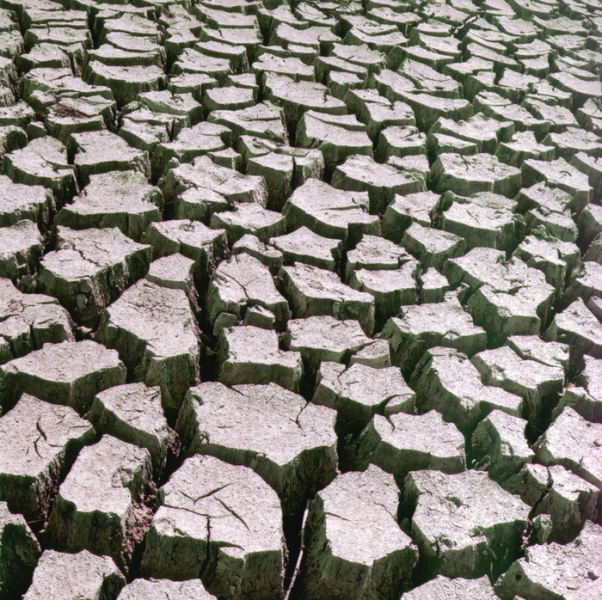A drought is defined as a rainfall deficit which restricts or prevents a human activity – for example, farming or power generation.
Extended dry periods are experienced in New Zealand most years, but whether or not they are classed as drought depends on a range of different factors.
Soil moisture deficit, measured in mm, is used as one index of drought. It measures the amount of soil moisture available to the roots of pasture plants, and is generally higher in summer, when evaporation rates are higher.
Due to the impact on agriculture, the Ministry for Primary Industries (MPI) declare when a dry period is classed as an adverse event. This declaration takes into account the climatic conditions as well as a number of impact-based criteria.
Causes of drought
Drought is caused by insufficient precipitation – for example rainfall – over an extended period of time. In turn, this can lead to the ground drying up, and can also reduce the volume of water in rivers/streams, lakes/dams and subterranean reservoirs.
Potential consequences of drought
The impacts of drought can be economic, environmental and social. Drought can affect farmers by shrivelling crops or drying out grass so that livestock don't have enough to eat (or drink). These losses then flow through into downstream production and other sectors, such as retail, where shortages can cause price increases.
Drought also increases the risk of fire, as well as depleting water flow in storage: this, in turn, can cause problems for the production of hydroelectric power. Drought can also mean that rural and urban populations have water restrictions imposed on them.
Drought is one of the major causes of malnutrition and famine in many parts of the world.
Recent examples of drought around New Zealand
- 2010 – The worst drought in Northland in 60 years occurred when record low rainfall levels were recorded between Nov 2009 and April 2010. Instead of the 748mm which fell during the previous year, only 253 mm fell, leading to parched soils, significantly reduced pasture growth, and decreased farm productivity.
- 2008 – Much of New Zealand encountered very dry conditions at the start of 2008, with the Waikato experiencing its driest January in a century. Severe moisture deficits continued throughout the north island until April/May, with the estimated cost to agriculture exceeding $1 billion, and an 11% fall in sheep numbers.
- 2007 – Low rainfall and significant soil moisture deficits persisted throughout summer and autumn with record low rainfall totals occurring in many northern and eastern areas. This resulted in a severe shortage of feed for livestock, and lower than normal spring lambing and beef numbers, costing more than $500 million.
Drought research at NIWA
NIWA updates its soil moisture maps, which cover all of New Zealand, daily (see Daily Climate maps). In addition, NIWA monitors and archives rainfall (see DataHub) and river flow data for all of the country.
This information is then provided to end-users such as Regional Councils and the MPI-led National Adverse Events Committee, to help them make informed decisions about drought planning, response and recovery.
Current NIWA research projects
- Risk of drought under climate change – Of all of the threats posed to New Zealand by climate change, drought is the one which could have the largest effect on New Zealand's economy. This project has significantly advanced previous estimates of how drought severity and frequency are likely to change as global warming effects New Zealand.
- Continuous monitoring of soil moisture levels throughout New Zealand (daily climate maps) – These measurements are used, together with a number of other variables, by farmers when assessing the status of the soil moisture in their region compared with other parts of the country and by authorities when deciding whether dry periods are classed as drought.
More information on the Risk of drought under climate change project


